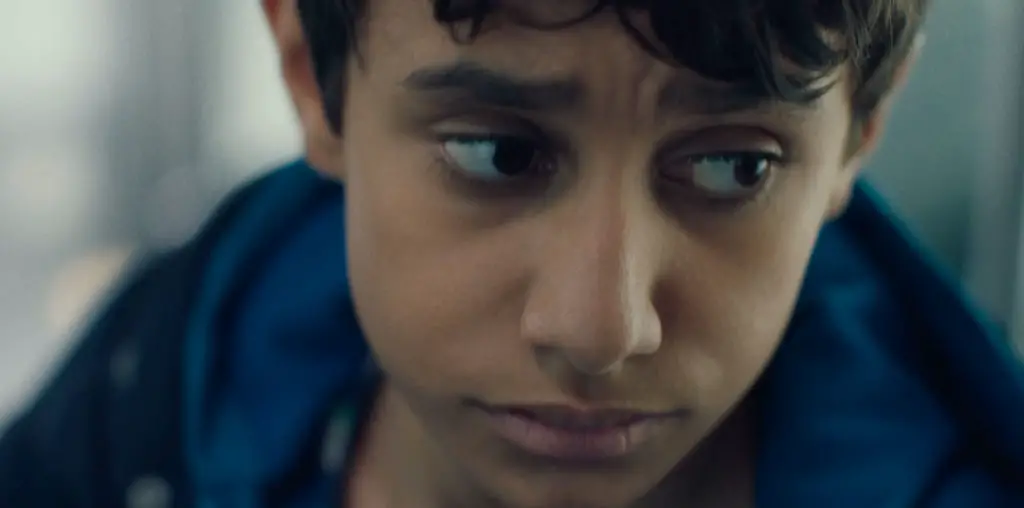
This was my first Kurosawa film. Like many “Star Wars” fans who grew up in the 1970s and 80s, I learned of this movie’s influence on Lucas’ blockbuster and eventually sought it out. “The Hidden Fortress” then served as my gateway to the wider world of Kurosawa — I just wish the home video market we have today existed back then, so I could have easily immersed myself in not only his movies but also the great bonus features found in these Criterion releases.
While I’ve seen many criticisms that Lucas ripped off “The Hidden Fortress,” the reality is that the inspiration was not so direct, as he explains in the eight-minute interview on this disc. Sure, Kurosawa’s bumbling peasants led to Lucas’ droids, but the former are outright rotten and conniving from beginning to end, whereas C-3PO’s treatment of his earnest companion eventually softens.
And, yes, “The Hidden Fortress” features a general assisting a princess on a mission behind enemy lines, but you really have to take the 30,000-foot view to say that Obi Wan Kenobi and Princess Leia are a rip-off of that, given how their paths don’t even cross in “Star Wars.” (The closest they get to each other is Leia witnessing Kenobi’s death from across the Death Star hangar bay.) As Lucas notes, his princess is much tougher than Kurosawa’s princess, who has a bit of a “prince and the pauper” aspect to her part of the story.
Kurosawa’s influence on “Star Wars” is really in the way Lucas was inspired by the director’s visuals in all of his movies, not just “The Hidden Fortress,” which, incidentally, was Kurosawa’s first widescreen project. (The scene wipes Lucas uses, for example, come straight out of many of Kurosawa’s films.) As Lucas explains, it’s all in the framing and the way characters and settings are established in wide shots before moving in for a closer look at the drama. Kurosawa seemed to move his camera more than Lucas did, though.
The Lucas interview is from 2001 and was included in a prior DVD release of “The Hidden Fortress.” It’s a shame that it’s just eight minutes, since it feels cut off and was probably edited down due to lack of space on discs back then. (And I doubt Criterion would have gone to the trouble back then to interview him for just a few minutes.) I have no idea if they tried to dig up the rest of the footage from back then, but they should have given it a shot.
The other main video bonus feature in this release is new: a 41-minute installment focusing on the film from the “Akira Kurosawa: It is Wonderful to Create” from 2003. Excerpts from this Masterworks series have shown up on other Kurosawa releases from Criterion, and this one is just as good as the others, digging into John Ford’s influence on the director, casting, and other meaty subjects. There are plenty of archival interviews to be found here.
Finally, we have a commentary by film historian Stephen Prince, whose name is probably familiar to Kurosawa fans. The track was recorded in 2013, and it’s one of those Criterion “film school on a disc” discussions that has a scholarly tone. Personally, I prefer such tracks over the “Let me tell you my Hollywood anecdotes” and “Hey, remember how much fun it was to film that scene? That was cool.” approaches I hear too often on big studio commentaries.
Oh, and the booklet? Yes, of course there’s a booklet — this one contains an essay by film scholar Catherine Russell.
All the bonus content is found on both the Blu-ray and DVD discs in this set. While the big studios increasingly shortchange DVDs when it comes to special features, Criterion continues to be dedicated to the idea that not everyone has Blu-ray capability everywhere in their homes. I appreciate that.
